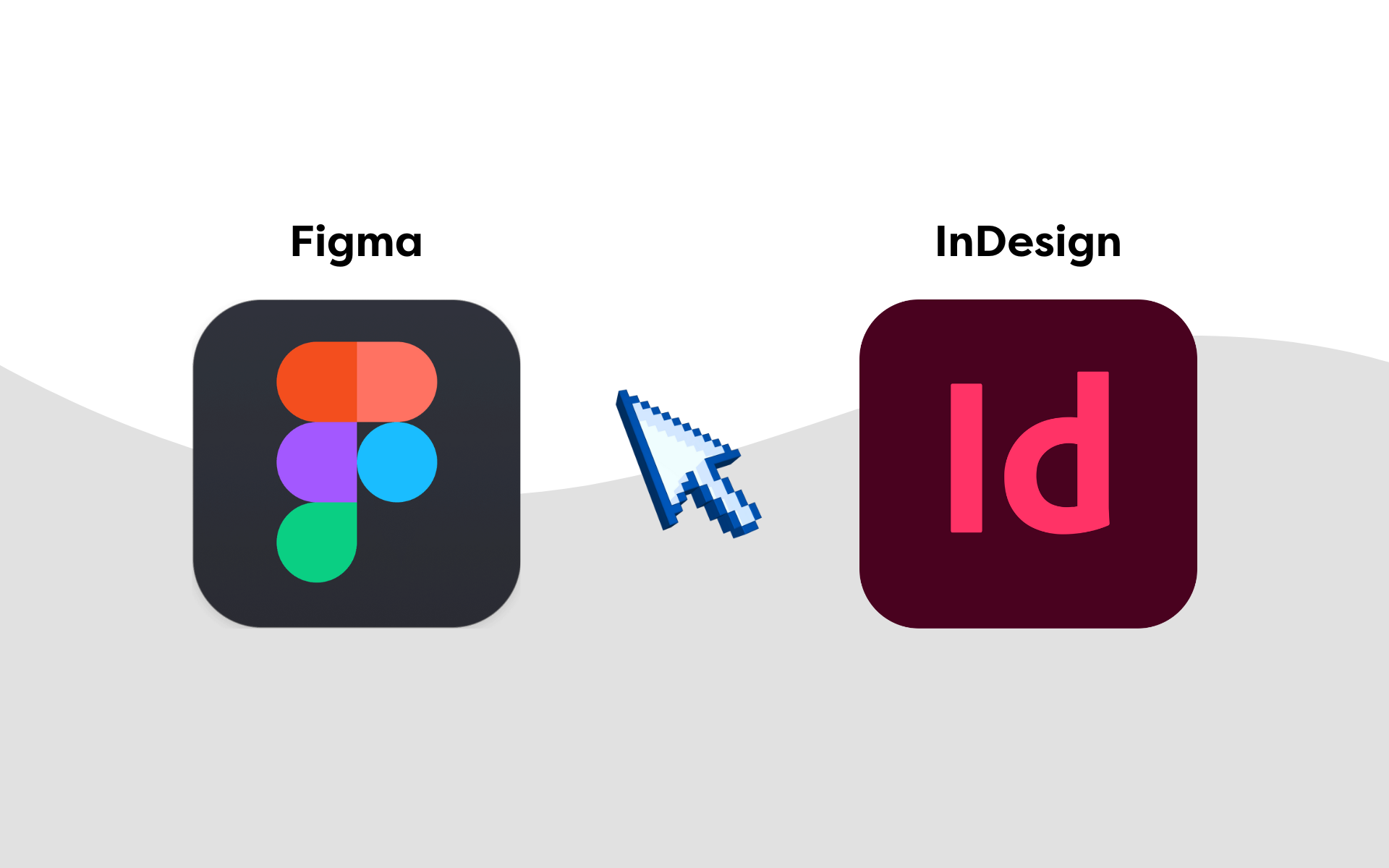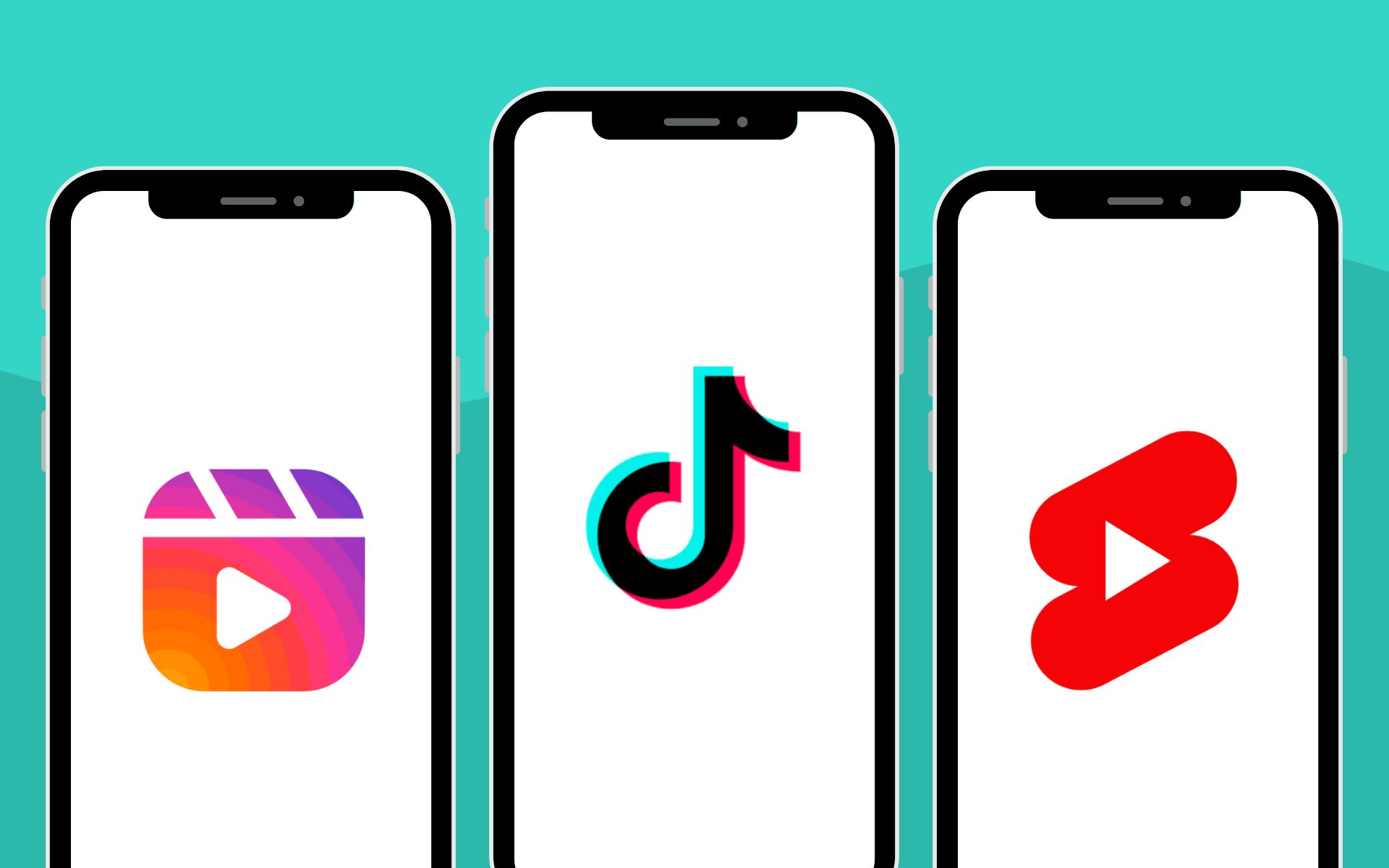There is by no means an exact science when it comes to writing blogs. However, there are certainly some tried and tested elements for creating copy that engages readers ?
Blogging means different things to different people. For some, blogging is about keeping an online diary. For others – especially students, graduates and early to mid-career Millennials – blogging is an amazing way to write about what you love, share with others, establish a ‘personal brand,’ and even, in some cases, work full-time as a blogger (also known as an ‘influencer’). For businesses, blogging is seen as a relatively inexpensive way to connect with potential customers and is now being used as part of the wider ‘digital marketing funnel‘ in many organisations.
Every website, industry, niche and topic will have its own unique copywriting challenges. However what remains the same is the strategic copywriting approach needed to generate traffic, clicks and conversions for your business or blogging website. According to Oracle research, content is responsible for 3x more leads than other methods and is 31% cheaper than paid search ads!
Although every blog will be unique, there are always golden rules for writing blogs that will get results.
Here is a quick rundown of our 5 golden rules:
-
Ensure your blog has an attention-grabbing headline
Blog titles act as the ‘shop front’ to your article and should be curated with care. Before you jump into creating a title that attracts attention, first write down a literal description of your blog post. For example: if you have a recipe website, your literal blog post title might be ‘4 Chocolate Sponge Recipes’ or ’10 Family Dinners’.
Once you have settled on your literal blog title, it’s now time to give it some punch so that it draws attention. According to Hubspot, try to use strong language, make the title clear and experiment with alliteration.
Using our above ‘4 Chocolate Sponge Recipes’ example, we could include words focussed on price, simplicity or taste. For example: ‘4 Tasty Chocolate Sponge Recipes To Make With The Kids’ or ‘4 Deluxe Chocolate Sponge Recipes That Taste Delicious’.
Ensure you take your time to create a catchy blog post title as it’s difficult to change the angle once the post has been published. After publishing, you can, however, try experimenting with different versions to see what combinations work best with different audiences.
-
Create content with a ‘story-hook’ or something actionable.
Story hooks and actionable points ensure visitors stick around. When writing content, it is always important to try and bring readers into the post with short opening paragraphs that make them want to read more. Never leave people wondering, ‘why am I reading this?’ Make sure they are clear that you are solving a problem, giving them useful information or simply amusing them for a few minutes:
Story hooks or something actionable could include;
- Joining a mailing list
- Being able to leave comments
- Downloading further info
- Contacting the writer
- Reading more content
If you want to find out more about creating ‘actionable’ content, read this post by writtent.com.
-
Try to use eye-catching images and visual elements
How many times have you been reading a blog post only to click away because you lost interest in the content? It’s a fact that long articles without images quickly lose the attention of readers. With so many options out there to help you create visual images for your content, there is no excuse not to. If you have the budget, why not hire a freelancer from fiverr.com or try creating visuals by yourself using tools like Design Wizard which has over 17,000 templates (10,000 free) and over 1.2 million images in the database, so you’ll be able to create visual elements to your hearts content.
If your post is over 500 words, try and break up content with images every few hundred words – this will help to boost reader attention. If your website uses feature images, make sure your headline image matches the content topic. Try and stay away from stock photos and always use original photography if you can! If you don’t have any original images, platforms such as Unsplash provide more organic stock images which are free to use online.
-
Always include easily scannable sub-headings
Sub-headings help to break up content as well as making it easy for readers to scan your article quickly to find information. Descriptive sub-headings act as signposts on a journey for readers who do not want to digest all the content in front of them. Structuring content to include sub-headings can also help writers to tackle large-scale copywriting tasks with ease as sections can be easily cornered off and tackled one at a time.
If you want to take your sub-headings one step further, try and include actionable phrases / key takeaways within each title. For inspiration, check out the content written by the guys and girls over at core dna.
From an SEO perspective, correctly tagging sub-headings using HTML <h2> to <h6> markup can also help Google bots to better understand your content, which in-turn can lead to increased rankings for keywords and phrases.
-
Design your post layout for every type of device
Before reading your content, potential readers will bounce if your design is not compatible with the device they are accessing your blog post on. It’s all too common that blog posts only look good when read on certain device types – which instantly cuts your potential audience by a huge percentage.
With most web traffic (especially blogs) relying heavily on mobile device hits, it is important you design and build your blog post layout to look good across all devices. Ensuring cross-device compatibility has grown in importance recently as Google have now shifted their ranking algorithms to mobile first indexing.
This means websites are now digested from a mobile device as opposed to desktop website versions – making all the more reason to check your usability, readability and layout on mobile devices. When developing your blog post layout, be sure to use tools such as Emmet Re:view and Google Mobile Tester to test cross-device usability.
Follow these 5 golden rules to ensure your blog posts engage your audience and readers. And, remember, blogging is about quality over quantity – make sure each post has a purpose and is structured correctly. Spending the time and effort upfront creating a well-written, well-designed blog post will pay dividends after the post is published.

 Blog titles act as the ‘shop front’ to your article and should be curated with care. Before you jump into creating a title that attracts attention, first write down a literal description of your blog post. For example: if you have a recipe website, your literal blog post title might be ‘4 Chocolate Sponge Recipes’ or ’10 Family Dinners’.
Blog titles act as the ‘shop front’ to your article and should be curated with care. Before you jump into creating a title that attracts attention, first write down a literal description of your blog post. For example: if you have a recipe website, your literal blog post title might be ‘4 Chocolate Sponge Recipes’ or ’10 Family Dinners’. Story hooks and actionable points ensure visitors stick around. When writing content, it is always important to try and bring readers into the post with short opening paragraphs that make them want to read more. Never leave people wondering, ‘why am I reading this?’ Make sure they are clear that you are solving a problem, giving them useful information or simply amusing them for a few minutes:
Story hooks and actionable points ensure visitors stick around. When writing content, it is always important to try and bring readers into the post with short opening paragraphs that make them want to read more. Never leave people wondering, ‘why am I reading this?’ Make sure they are clear that you are solving a problem, giving them useful information or simply amusing them for a few minutes: How many times have you been reading a blog post only to click away because you lost interest in the content? It’s a fact that long articles without images quickly lose the attention of readers. With so many options out there to help you create visual images for your content, there is no excuse not to. If you have the budget, why not hire a freelancer from
How many times have you been reading a blog post only to click away because you lost interest in the content? It’s a fact that long articles without images quickly lose the attention of readers. With so many options out there to help you create visual images for your content, there is no excuse not to. If you have the budget, why not hire a freelancer from  Sub-headings help to break up content as well as making it easy for readers to scan your article quickly to find information. Descriptive sub-headings act as signposts on a journey for readers who do not want to digest all the content in front of them. Structuring content to include sub-headings can also help writers to tackle large-scale copywriting tasks with ease as sections can be easily cornered off and tackled one at a time.
Sub-headings help to break up content as well as making it easy for readers to scan your article quickly to find information. Descriptive sub-headings act as signposts on a journey for readers who do not want to digest all the content in front of them. Structuring content to include sub-headings can also help writers to tackle large-scale copywriting tasks with ease as sections can be easily cornered off and tackled one at a time. Before reading your content, potential readers will bounce if your design is not compatible with the device they are accessing your blog post on. It’s all too common that blog posts only look good when read on certain device types – which instantly cuts your potential audience by a huge percentage.
Before reading your content, potential readers will bounce if your design is not compatible with the device they are accessing your blog post on. It’s all too common that blog posts only look good when read on certain device types – which instantly cuts your potential audience by a huge percentage.






